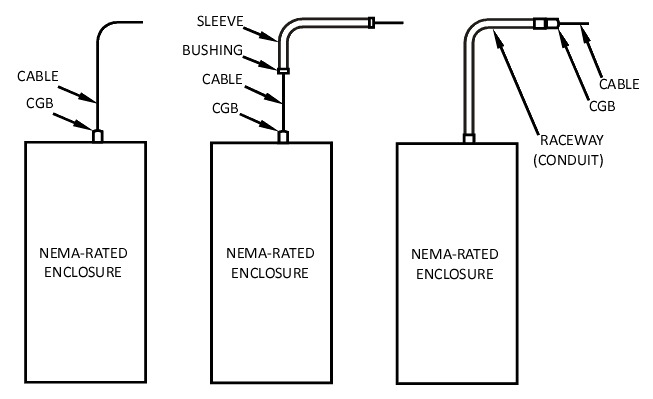weressl
Esteemed Member
stickelec said:That is a very well prepared document and something that would be of real benefit in a Engineering Spec. But... I honestly cannot find were it is required to use a Sealing Bushing on conduit that is attached to a Cable Tray.
As mentioned by Tori, we are not talking about enclosures. The best I can dig out of the 2005 NEC Art 300 and 392 is that an Insulated Bushing is all that is required.
I'm not trying to be argumentive, just trying to learn if I have been wrong all these years. Please point to the exact ref in the NEC that shows the requirement. Thanks
The conduit is to be installed as a complete system. It is a closed system all openings should be closed. Would you leave an opening on a condulet open? A conduit is nothing more than an extention of an enclosure in its functionality. It contains insulated conductive parts that may contain connections in specified parts of the system and only differs from an enclosure that in enclosures you have switching devices.
Would you protect a Romex emerging from a box with just an insulated bushing?
All the specific an relevant parts of the Code are cited. I have developed this a while ago, had a detailed presentation and won my case. The Code is not specific and clear on this issue, but there is sufficient precedence in other areas of the intent a direction of the Code.


